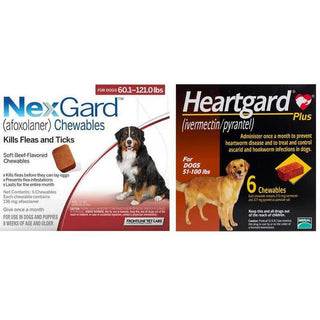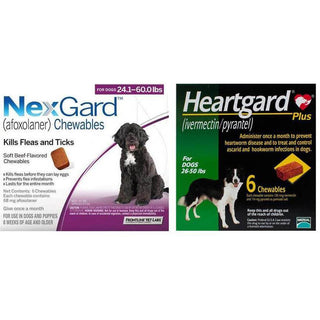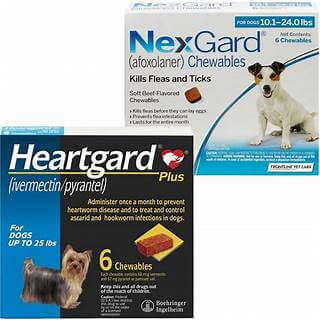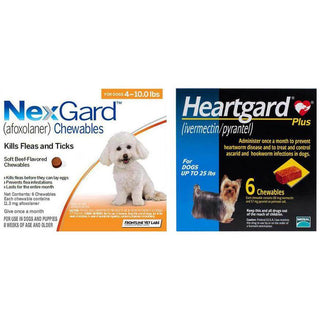
Water is essential for your dog's health and functionality. Your dog's cells cannot perform appropriately without adequate hydration, leading to dehydration.
As a conscientious dog owner, it's essential to prevent dehydration by ensuring your dog's water bowl is cleaned and refilled every day. Additionally, keeping an eye on your dog's water consumption is important. An increase in water intake might signal a potential health problem. Your attentiveness can greatly impact your dog's well-being.
So, how much water should your dog be drinking? Learn how to determine if your dog's water intake is sufficient or if there are any concerns about their drinking habits.
How Much Water Do Dogs Need Each Day?
The general guideline is that a dog should drink about 1 ounce (30 milliliters) of water per pound of dog weight each day. For example, a 10-pound dog would need approximately 10 ounces (Dog milliliters) of water daily. However, this amount can vary based on the dog's age, activity level, diet, and environmental conditions. Always ensure fresh, clean water is always available to your dog.
Understanding Why Your Dog May Occasionally Drink Less Water
Here are some typical reasons why your dog might not be drinking as much water as usual:
Your Dog is Eating Wet Food or a Homemade Diet
Dogs that consume canned food or a homemade diet get additional moisture from their food, containing about 65-80% water. You may notice your dog drinks less water than when they eat only dry kibble.
Your Dog May Be Sick or in Pain
Illness or pain can reduce your dog's water intake. If you suspect this, consult your veterinarian to identify the cause and find ways to encourage your dog to drink more.
Your Dog is Exercising or Hot
Increased temperature or physical activity can raise your dog's water needs due to water loss from excessive panting and salivation. Make sure that your dog has access to plenty of water during hot weather and after exercise.
Can Dogs Drink Tap Water?
Tap water that is safe for human consumption is generally safe for dogs. However, if you live in an area with questionable tap or well water, consult your veterinarian about providing filtered water or bottled for your dog.
What Happens If A Dog Doesn't Drink Enough Water?
Water is essential for many vital body functions. Without sufficient water, your dog can quickly become ill and dehydrated. Prolonged water deficiency can lead to organ damage, and if it continues, the kidneys, liver, and other organs may fail, eventually leading to death.
While healthy dogs usually drink enough water to stay hydrated, there are situations where dehydration can occur:
Increased Risk of Dehydration in Dogs:
- Kidney Disease: Dogs with kidney issues may struggle to maintain proper hydration.
- Metabolic Disorders: Conditions like diabetes can affect a dog's hydration.
- Cancer: Specific forms of cancer can elevate the likelihood of dehydration.
- Pregnant/Nursing Dogs: These animals have higher water needs and can quickly dehydrate.
Monitor your dog's water intake, especially if it falls into any of these categories, to ensure it stays healthy and hydrated.
How To Determine If Your Dog Is Dehydrated
To check if your dog is dehydrated, follow these steps:
- Carefully pinch the skin located between the shoulder blades.
- Lift the skin gently and release it.
- Observe the skin as it returns to its normal position.
In a well-hydrated dog, the skin should quickly return to its original place without hesitation. If your dog is dehydrated, the skin will slowly return to its original position or may even remain elevated briefly before settling back down.
Additional signs of dehydration in dogs include:
- Dry, sticky, or pale gums
- Sunken, dry eyes
- Dry nose and mouth
What To Do If Your Dog Is Drinking Too Much Water
Inform your veterinarian if you observe your dog drinking or urinating more than usual. This symptom can indicate various health issues.
Your vet may perform a thorough request blood and physical examination or urine tests to diagnose the problem. You might also be asked to monitor your dog's water intake, which may require separating them from other pets.
Continue to provide ample water, but measure the amount you add to the bowl and how much is left at the end of each day. Include any water added to your dog's meals to estimate daily water intake.
How Frequently Should You Clean Your Dog's Water Bowl?
Water and food bowls should be cleaned with soap and water daily. Since they come into contact with food and your pet’s saliva, they can quickly become breeding grounds for bacteria.
Ensure the bowls are smooth and easy to clean, without crevices or scratches where bacteria can hide.
If you are worried your dog is not getting enough water or drinking too much, consult your veterinarian. Proper hydration is must for your dog’s health and should not be overlooked.






